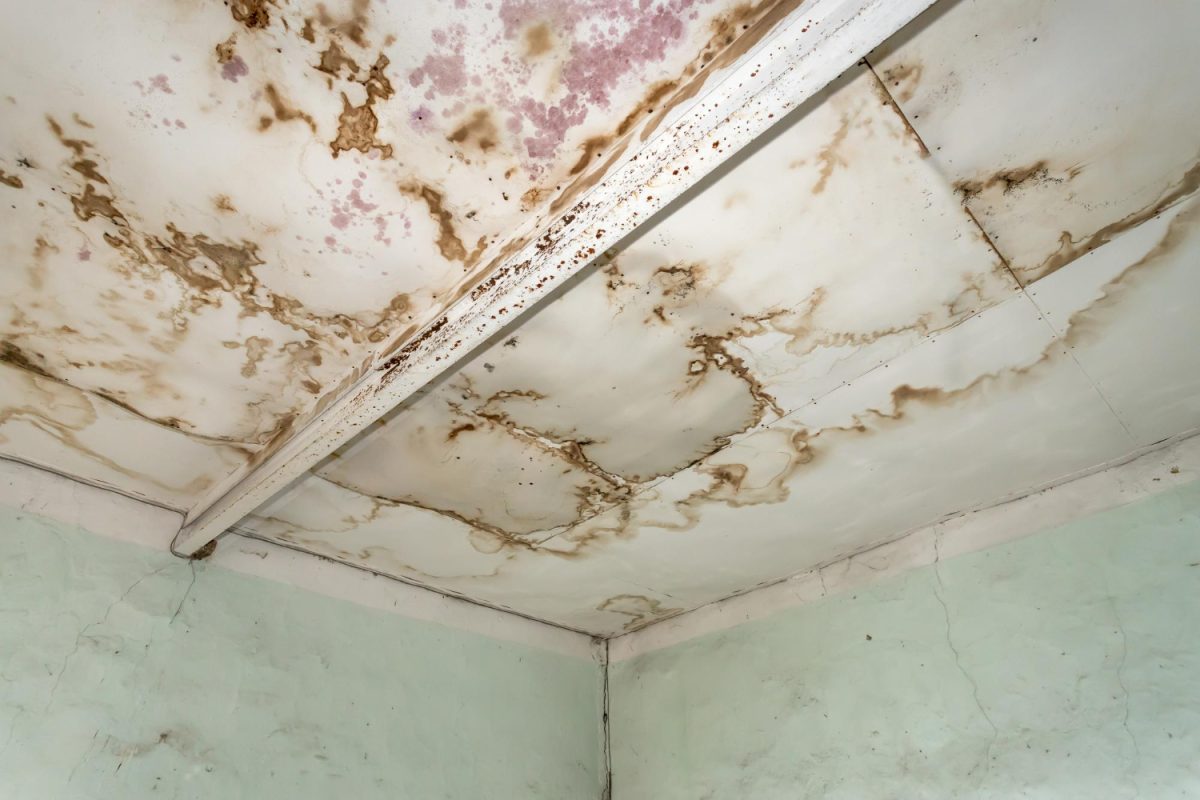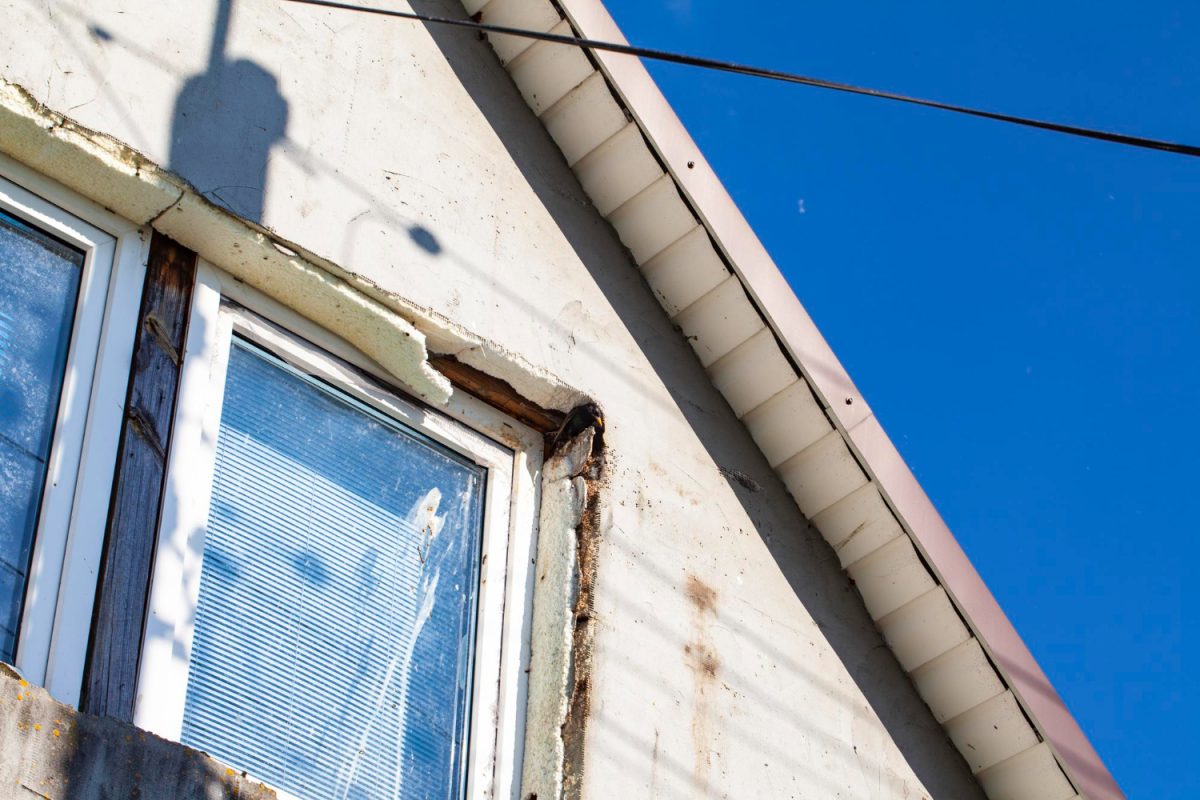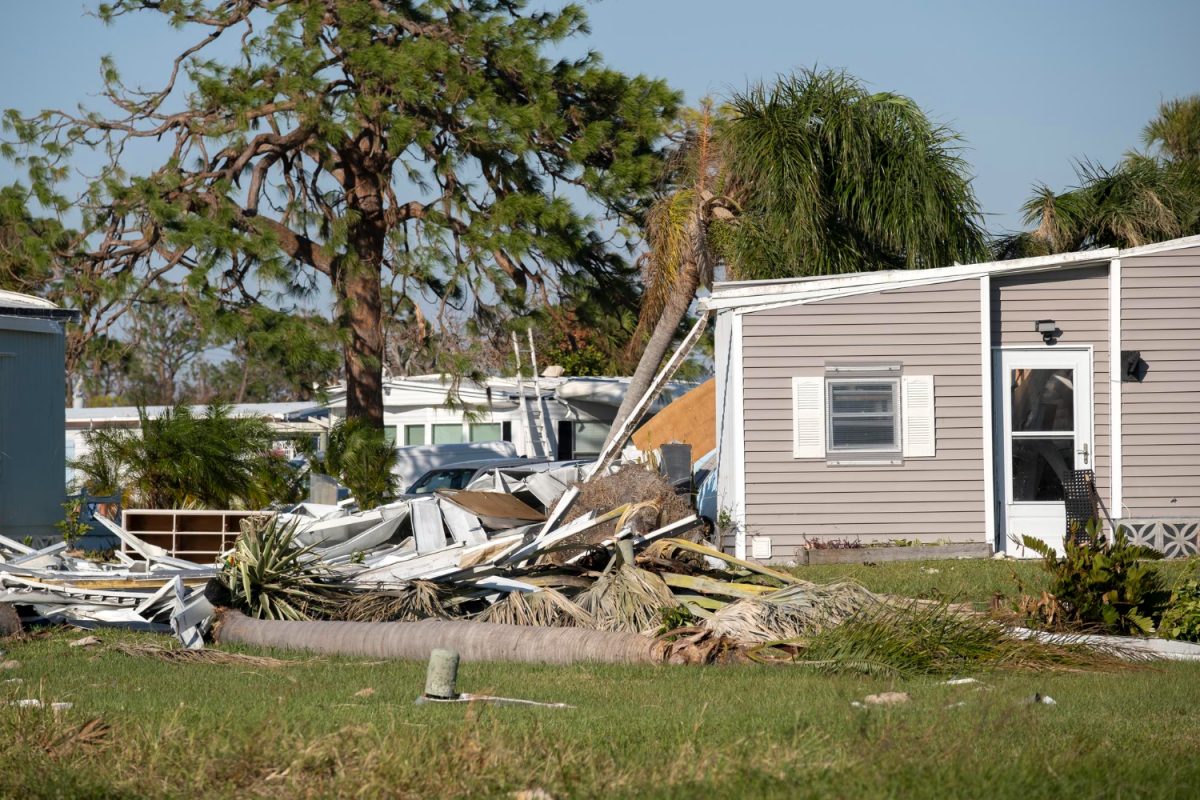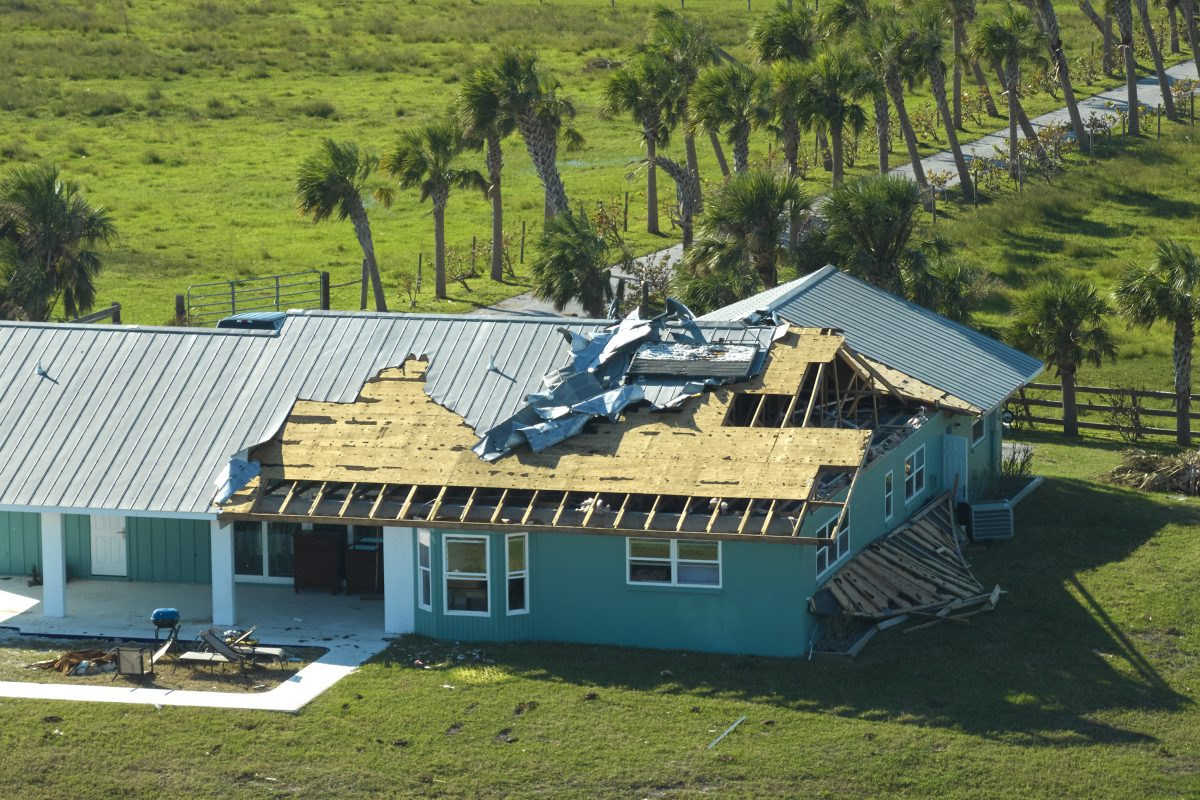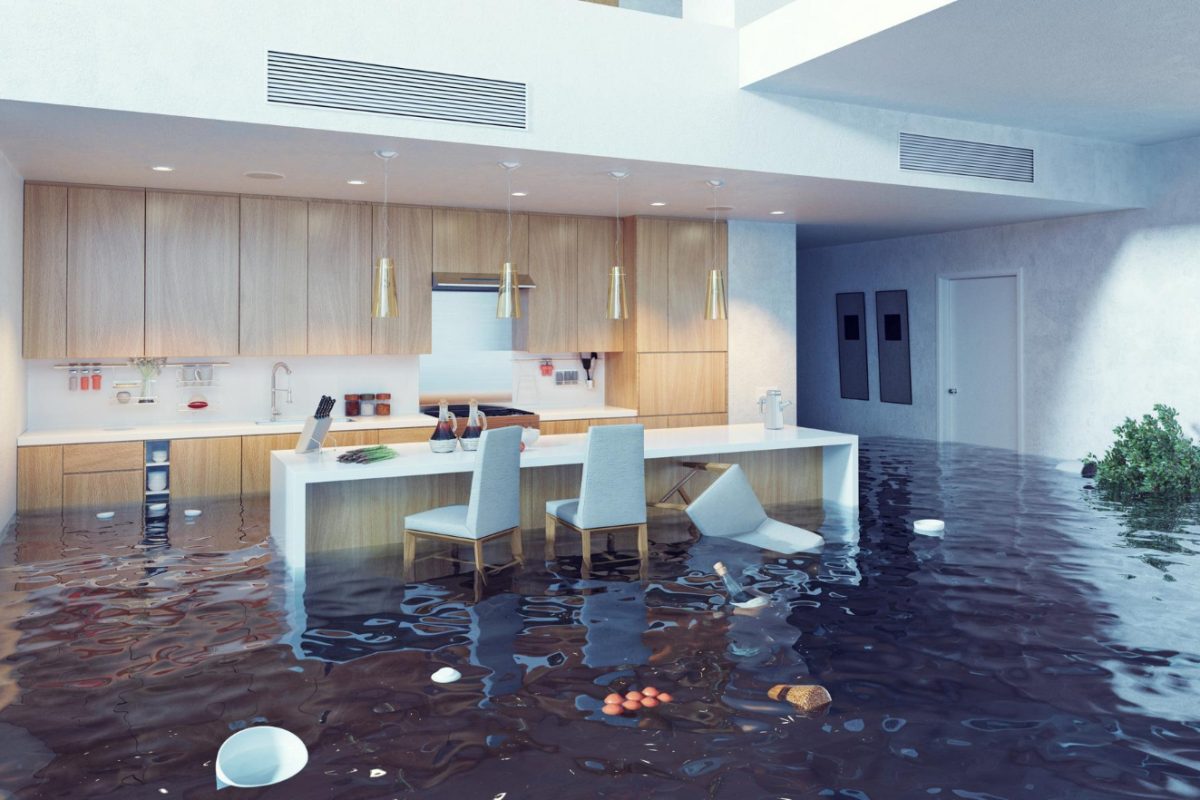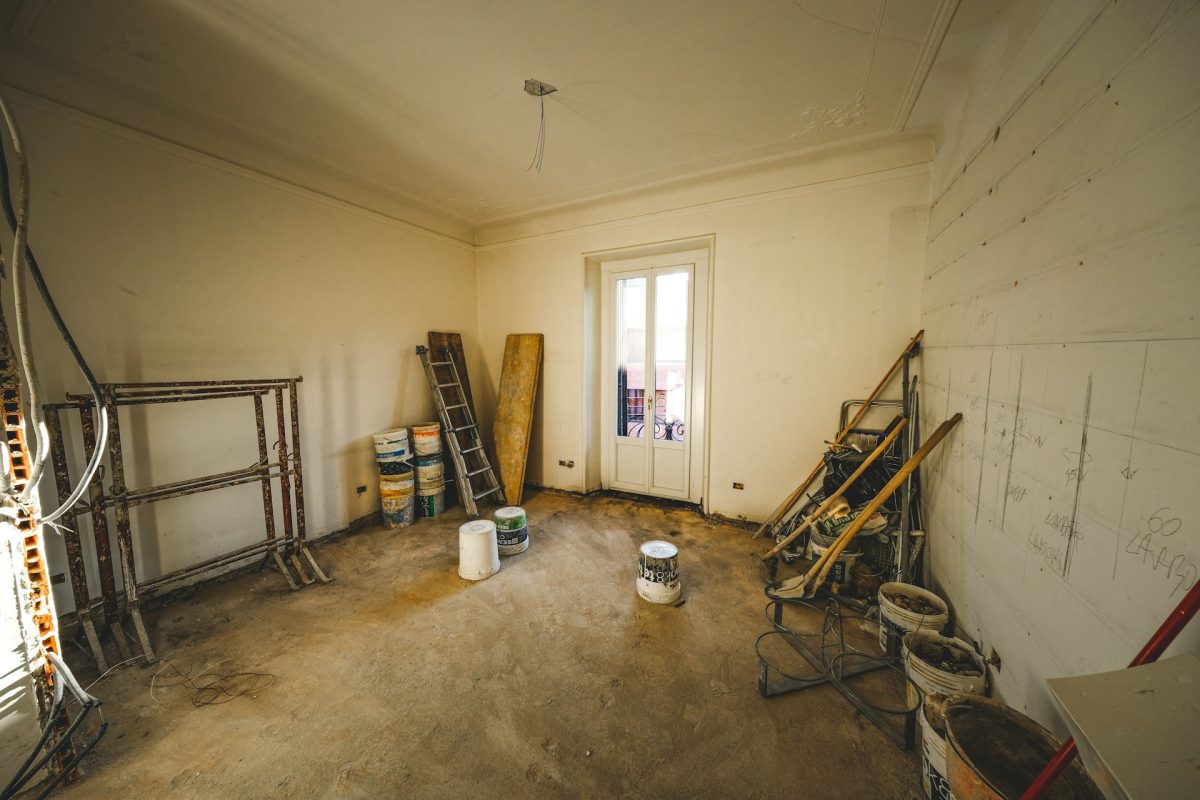When disasters like floods, fires, or severe storms strike, they disrupt life in unimaginable ways. Emergency restoration services come into play here, providing a critical lifeline to help homeowners recover and get back to normal. These services are the unsung heroes in the recovery process, stepping in to restore your property and, essentially, your peace of mind. With 24/7 availability, they are always ready to tackle the aftermath of any disaster, regardless of its scale.
There’s a sense of security knowing that help is just a phone call away. Whether you’re dealing with waterlogged carpets or smoke-stained walls, acting swiftly can prevent further damage. Professional restoration services bring expertise and specialized equipment to efficiently mitigate damage. Their quick response ensures that your home returns to its pre-disaster state, minimizing the chaos that typically follows such events.
Types of Emergency Restoration Services
Understanding the various types of emergency restoration services helps you make informed decisions during stressful times. Here’s a quick overview:
– Water Damage Restoration: This service involves removing water and drying out properties affected by floods or burst pipes. Quick action is necessary to prevent mold growth and structural damage. Professionals use equipment like pumps and dehumidifiers to extract water and moisture.
– Fire and Smoke Damage Restoration: After a fire, the cleanup process can be daunting. Restoration experts address smoke and soot residue and repair structural issues. They use techniques to remove odors and restore your belongings, bringing your home back to life after flames have scorched it.
– Mold Remediation: Mold can develop quickly, especially if water damage is not dealt with promptly. Remediation experts identify mold sources and safely remove them, ensuring they don’t return. Proper treatment keeps indoor air quality safe for everyone.
– Storm Damage Repair: After a severe storm, damage can range from broken windows to roof issues. Restoration services assess and repair structural problems to ensure home security. They also assist with fallen trees and other debris that may have caused further damage.
Responding effectively to these challenges ensures that your home remains safe and livable. By knowing what each service offers, you can prepare and act decisively to restore normalcy after a disaster.
The Restoration Process
Restoration begins with a thorough assessment of the impacted area. Experts check for safety hazards, including compromised structures, electrical issues, or stagnant water. Ensuring safety is a top priority before any work begins. After the assessment, they craft a plan of action tailored to the damage.
The first step is usually water extraction and drying. Specialists use advanced tools like pumps to remove standing water swiftly. They employ industrial fans and dehumidifiers to eliminate moisture from walls and floors, crucial for preventing mold. This phase is all about speed—quicker drying reduces the chance of further problems.
Next, cleaning and disinfecting come into play. Restoration teams tackle surfaces contaminated by water, smoke, or mold with precision. Using safe yet effective agents, they ensure everything is clean and sanitary. This step often involves deodorizing the space to remove any residual smells from smoke or mold.
Finally, repair and restoration wrap things up. This phase involves fixing structural damage and restoring affected areas to their original condition. Whether replacing drywall or installing new carpets, restoring your home to its pre-disaster state is the goal.
Choosing the Right Emergency Restoration Service in Colorado
When faced with a disaster, choosing the right service becomes paramount. Being in Colorado, one factor to consider is how familiar the service is with local weather and related challenges. Here are some tips to help you make the right choice:
– Local Availability and Response Time: Ensure the company can respond to emergencies quickly in your area. Fast response often prevents additional damage.
– Certification and Experience: Opt for certified professionals with a track record of handling similar situations. Experience means they can navigate unexpected challenges effectively.
– Customer Reviews and Testimonials: Read what past clients have said. Positive feedback often indicates reliable and high-quality services.
– Insurance and Claims Support: Check if the company assists with insurance claims. Having help with paperwork can make recovery smoother.
Tips to Prevent Future Damage
Being proactive is one of the best defenses against future disasters. Regular home maintenance checks ensure everything is in working order and can catch small issues before they escalate.
– Regular Home Maintenance: Schedule seasonal checks of roofs, gutters, and plumbing. Prompt repairs can avert extensive damage.
– Installing Safety Features and Alarms: Smoke and carbon monoxide detectors, along with water leak alarms, add layers of protection.
– Creating an Emergency Plan: Prepare a family disaster plan, including meeting points and contact numbers. Practice this plan so everyone knows what to do.
Restoring Peace of Mind
Restoration services offer more than just fixing physical damage—they bring comfort during distressing times. Knowing that experienced professionals are there to help can ease anxiety and allow you to focus on other pressing matters. While dealing with the aftermath of a disaster is never easy, having a reliable service standing by provides the peace of mind needed to move forward. Trusting in their expertise enables you to recover not only your home but your sense of security.
For residents in Colorado, being prepared for unexpected events can make a world of difference. If you find yourself needing an emergency restoration service, Top Gun offers quick and reliable assistance tailored to your needs. Learn more about how we can help restore your property and peace of mind today.

